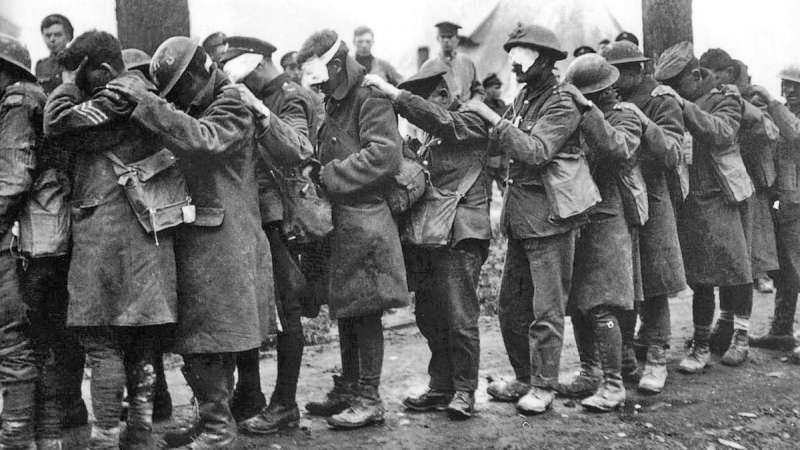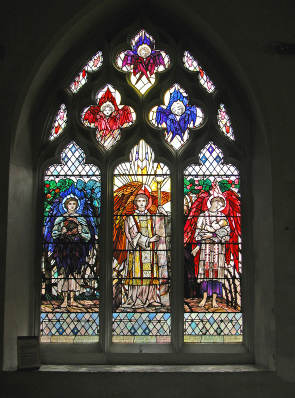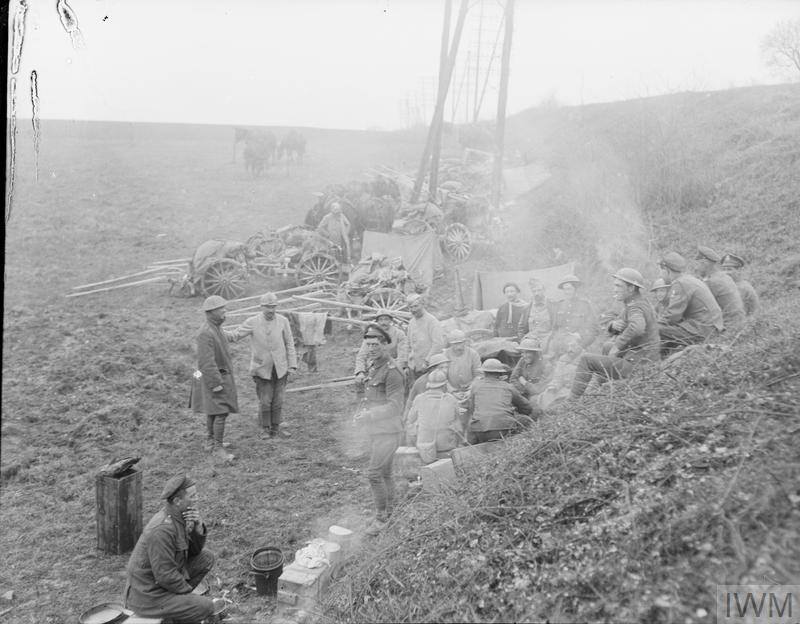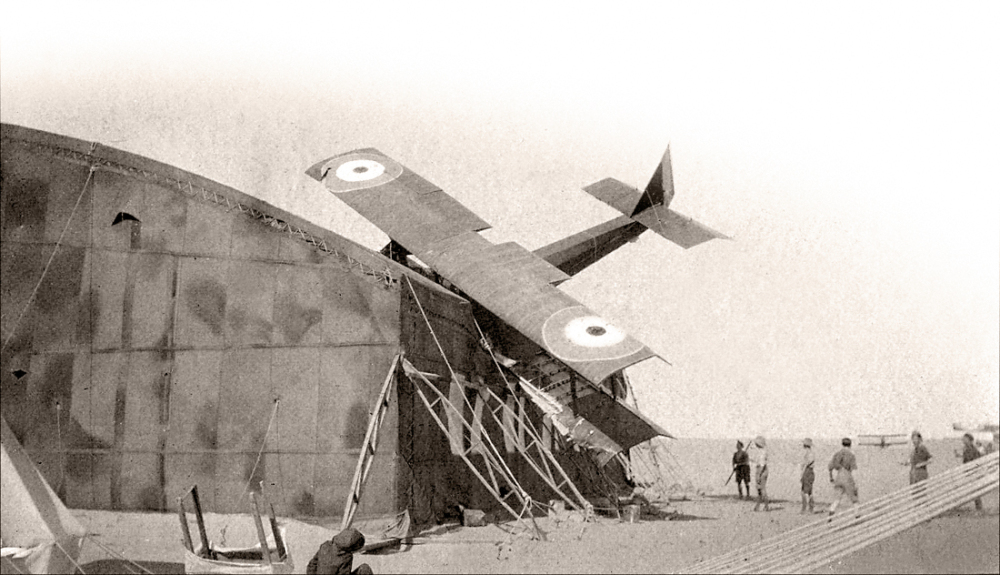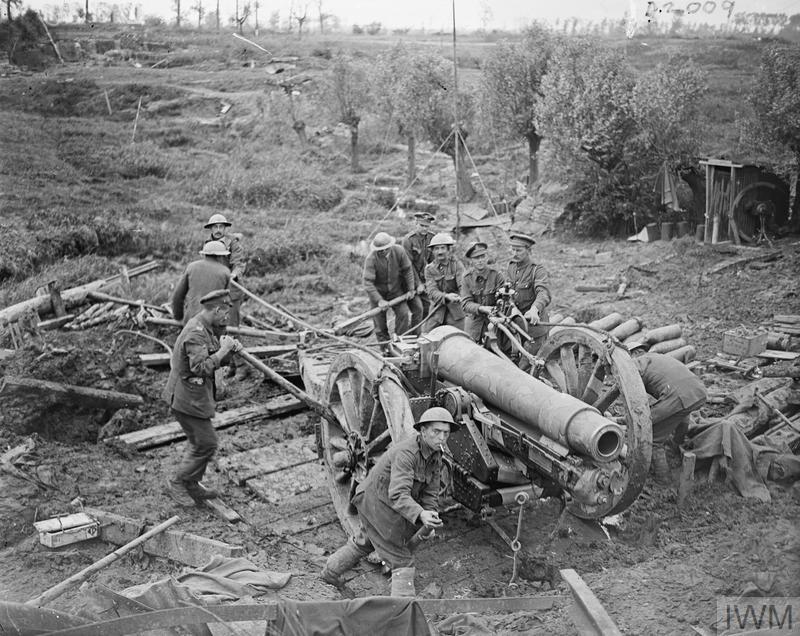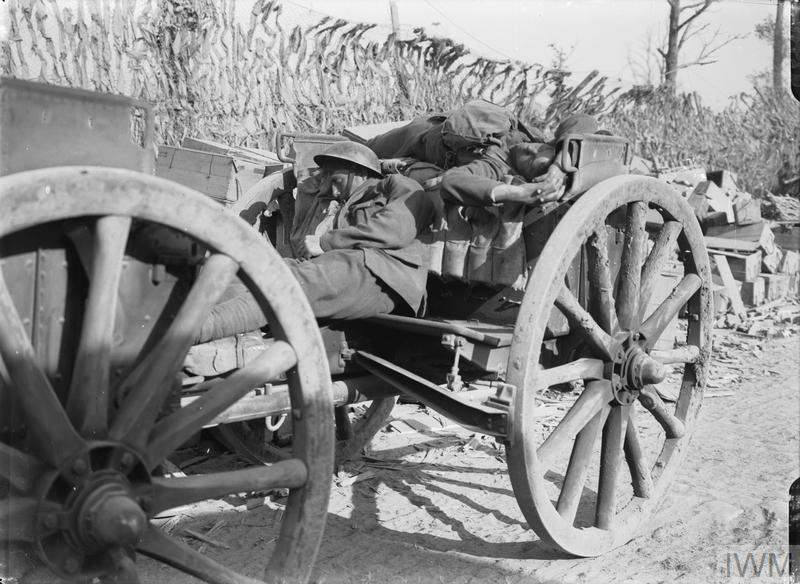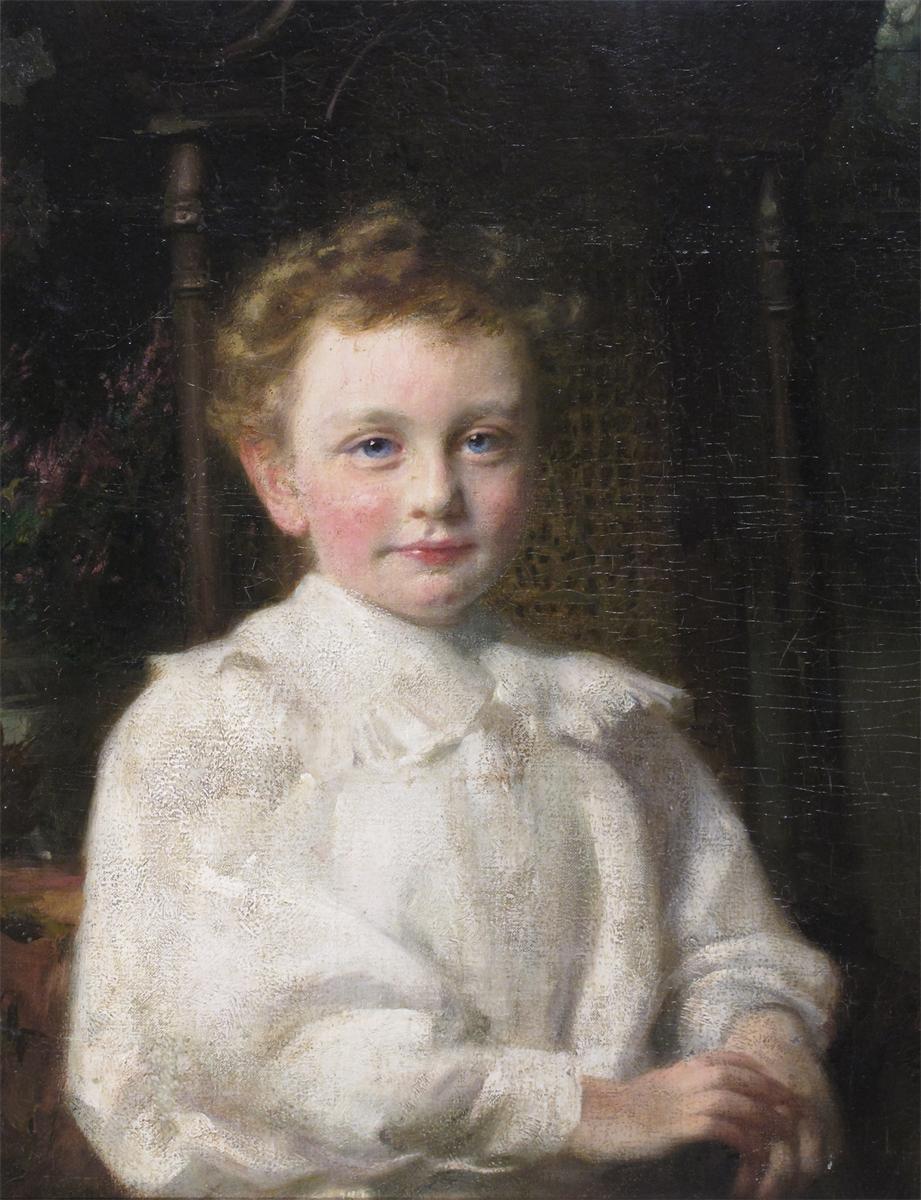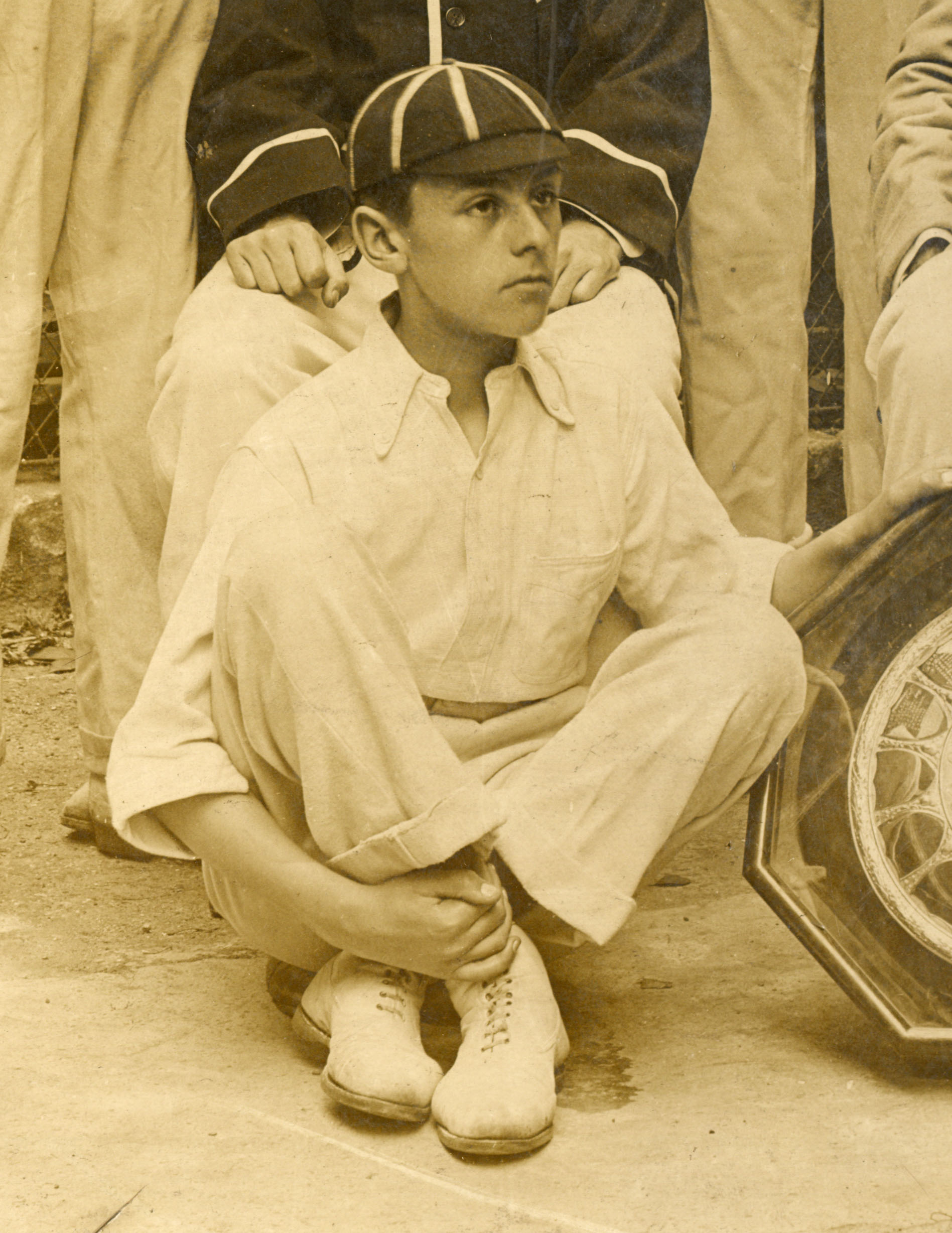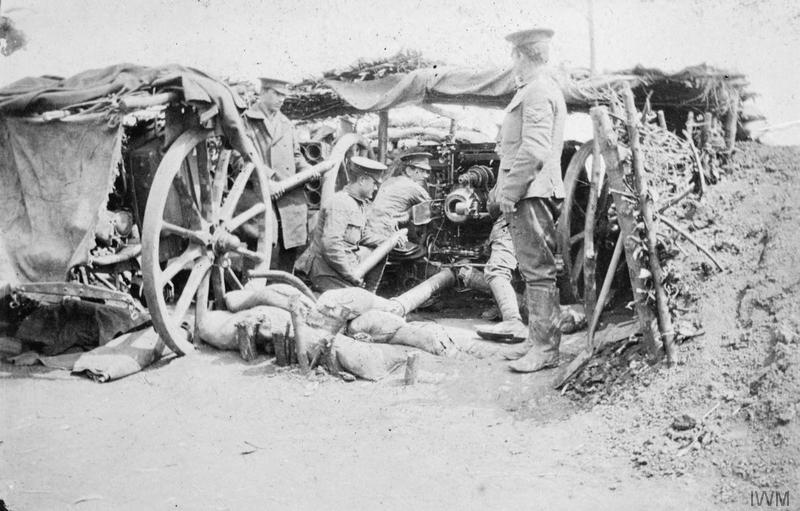Gerard Layton Phipps Eyre
Gerard Eyre was the eldest son of Layton Eyre, and nephew to Charles Lewis Eyre, who was himself an OW. He was born on the 5th October 1890, and joined Westminster School in 1904. He was admitted to Grant’s, where he remained until he left the school four years later. There are limited records pertaining to his life before he joined the army, and we do not know his whereabouts during this interim period.
In June 1916, he became Lieutenant in the 59th Division of the Royal Field Artillery, and was sent almost immediately to the Western Front. Here he remained until 1918, when he was victim of a gas attacks. The injuries he sustained as a result of gas attacks were so severe that he was permanently discharged in July 1919. Although we do not know the exact nature of these injuries, they continued to haunt him throughout his life, and in 1921 he passed away as a direct result of exposure to poison gas.
